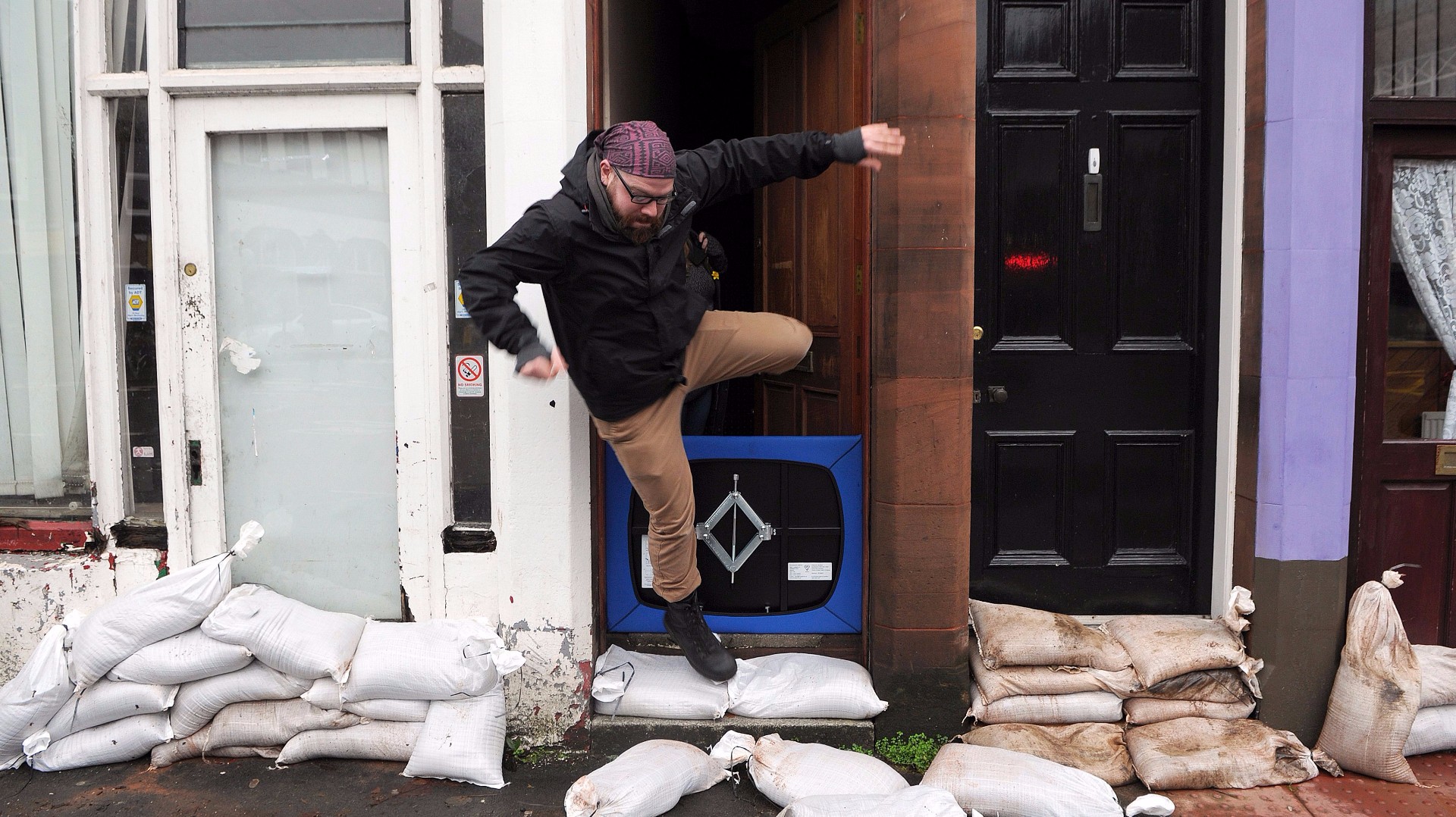Jacksonville District Army Corp of Engineers has a guide to help residents properly fill their sandbags.
Sandbags have been used to:
- Prevent overtopping of levees
- Direct a river's current flow to specific areas
- Construct ring dikes around boils on levee back slopes, levee toes or behind levees
- Use as weight on back slopes of saturated levees
- Weigh down visquine or straw bales
- Buttress on back slopes and the toe of saturated levee
How to acquire sandbags:
Many cities are offering free sandbags to residents. As of right now St. Johns County is the only place offering free sand bags. That may change so check back for updates.
How To Fill A Sandbag:
- Fill sandbags 1/2 to 2/3 full, tie at top so bag will lay flat when put in place. A properly filled sand bag should weigh between 35-40 lbs.
- Overfilled bags and bags tied too low leave gaps in sandbag levee allowing water to seep through. An overfilled sandbag can weigh 70 - 75 lbs.
TIP: Always use gloves to protect your hands during the filling operation. After handling treated bags, avoid contact with your eyes and mouth. Dress appropriately and layer clothing. Safety goggles should be used on dry and windy days.
Overfilled bags and bags tied too low leave gaps in sandbag levee allowing water to seep through. An overfilled sandbag can weigh 70–75 lbs.
How To Place Sandbags:
- Sandbags should be placed flat on ground, overlapped, tamped into place, and stair stepped.
- Remove any debris from the areas where bags are to be placed. Place the bags lengthwise and parallel to the direction of flow with the untied open ends of the bags facing upstream. Fill the low spots first before placing bags the full length of the area to be raised. Start at the downstream end of the sandbag operation about 1 foot landward from the river or levee's edge and continue upstream.
- Fold the open end of the bag under the filled portion. Place succeeding bags with the bottom of the bag tightly and partially overlapping the previous bag. Offset adjacent rows or layers by one-half bag length to avoid continuous joints. To eliminate voids and form a tight seal, compact and shape each bag by walking on it and continue the process as each layer is placed. This flattens the top of the bag and prevents slippage between succeeding layers.


